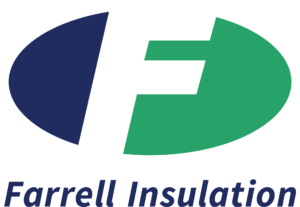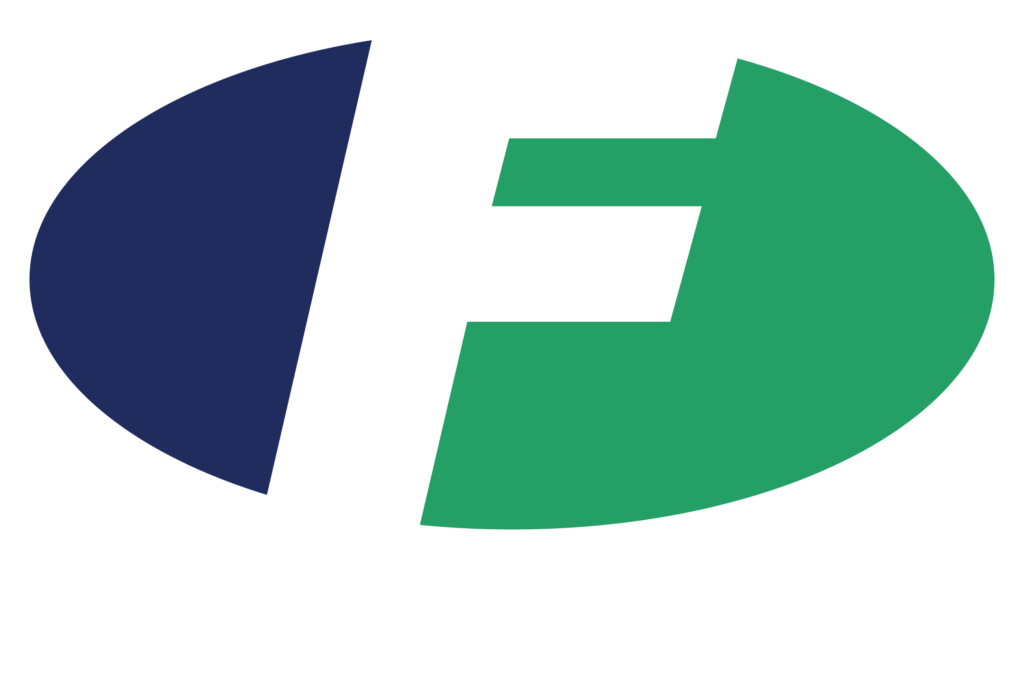
There are many ways to help improve the energy efficiency of your home or business. Some of these methods include upgrading to more efficient lighting, sealing air penetrations in your home, such as windows and doors, and installing low-flow water aerators on your kitchen sink and shower heads. These measures may seem small when viewed independently, but when applied together they are capable of generating a great savings.
Most weatherization programs will group a large number of these measures with more impactful measures, such as insulation and duct sealing. Take a look at our service territories to the right and see if we are in a state near you.
Weatherization differs in many ways from what is commonly referred to as “weatherizing your home.” The latter involves low-cost improvements like adding weatherstripping to doors and windows to save energy. These simple measures made up the services provided by Weatherization in the early years of the program and are likely responsible for the program’s name.
Today, weatherization consists of cost-effective, “whole house” energy efficiency measures for existing residential and multifamily housing with low-income residents that encompass the building envelope, heating, and cooling systems, electrical systems, and electric baseload appliances.
Reducing the amount of air that leaks in and out of your home is a cost-effective way to cut heating and cooling costs, improve durability, increase comfort, and create a healthier indoor environment. Caulking and weatherstripping are two simple and effective air-sealing techniques that offer quick returns on investment, often one year or less. Caulk is generally used for cracks and openings between stationary house components such as around door and window frames, and weatherstripping is used to seal components that move, such as doors and operable windows.
AIR LEAKAGE
Air leakage occurs when outside air enters and conditioned air leaves your house uncontrollably through cracks and openings. It is unwise to rely on air leakage for ventilation. During cold or windy weather, too much air may enter the house. When it’s warmer and less windy, not enough air may enter, which can result in poor indoor air quality. Air leakage also contributes to moisture problems that can affect occupants’ health and the structure’s durability. An added benefit is that sealing cracks and openings reduces drafts and cold spots, improving comfort.
The recommended strategy is to reduce air leakage as much as possible and to provide controlled ventilation as needed. Before air sealing, you should first:
- Detect air leaks
- Assess your ventilation needs for indoor air quality.
You can then apply air sealing techniques and materials, including caulk and weatherstripping. If you’re planning an extensive remodel of your home that will include some construction, review some of the techniques used for air sealing in new home construction and consider a home energy audit to identify all the ways your home wastes energy and money.




